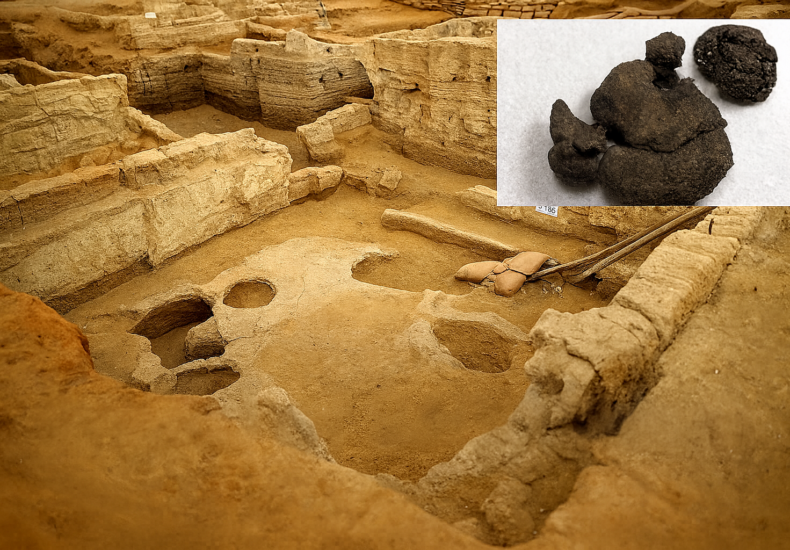
Anatolia’s Ancient Taste: 8,600-Year-Old Bread and 4,000-Year-Old Chickpeas Unearthed in Türkiye
Archaeological excavations supported by the Turkish Ministry of Culture and Tourism have brought to light the ancient taste of Anatolia, revealing extraordinary traces of the region’s early culinary and agricultural traditions. From 4,000-year-old chickpeas in Kütahya to 8,600-year-old bread remnants in Konya, these discoveries show how ancient communities cultivated, prepared, and ritualized food thousands of years ago.
According to the Ministry, the discoveries come from several key excavation sites: Tavşanlı Höyük in Kütahya, Çatalhöyük in Konya, Küllüoba in Eskişehir, and Topraktepe (ancient Eirenepolis) in Karaman. Together, they illuminate the origins of Anatolia’s long-standing agricultural and gastronomic traditions.
“Just as Türkiye leads in gastronomy today, thousands of years ago Anatolia was already the fertile and cultural center of this heritage,” said Minister of Culture and Tourism Mehmet Nuri Ersoy. “These finds reveal the production traditions, belief systems, and dining culture of early Anatolian societies.”
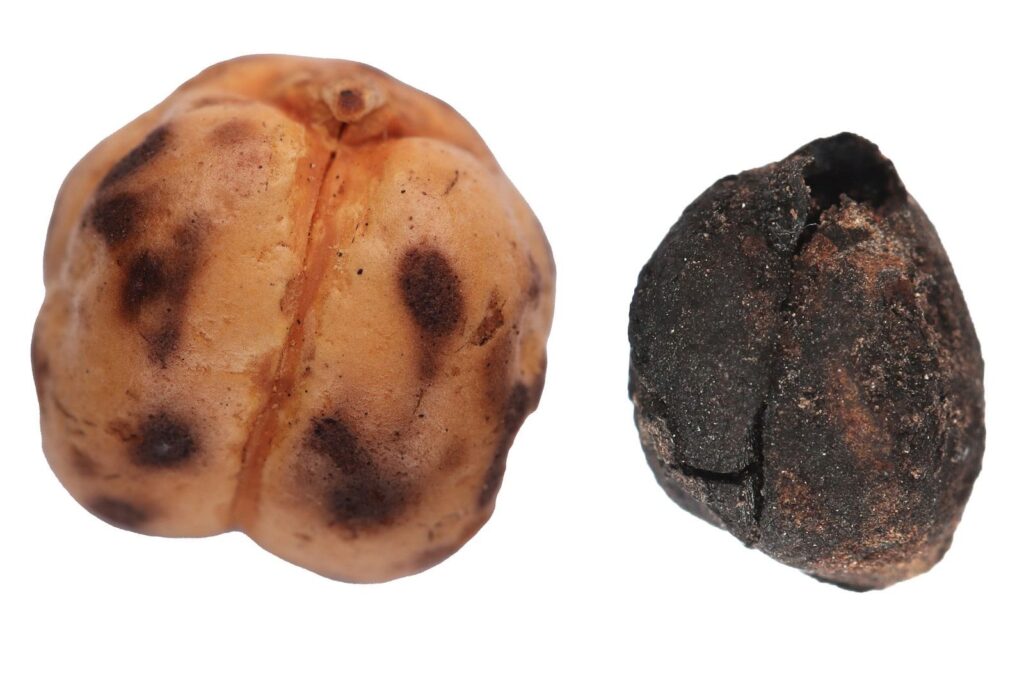
Bronze Age Chickpeas from Tavşanlı Höyük
At Tavşanlı Höyük, archaeologists unearthed chickpea remains dated to the mid-Bronze Age, around 2000 BCE. The legumes—precursors to modern leblebi—were found alongside wheat grains, ceramic vessels, and a silver hair ring. Microscopic analysis by Dr. Doğa Karakaya confirmed their link to early Anatolian agriculture.
A previous 2022 discovery at the same site revealed 4,200-year-old hazelnut remains identified as the wild Corylus species native to the region.
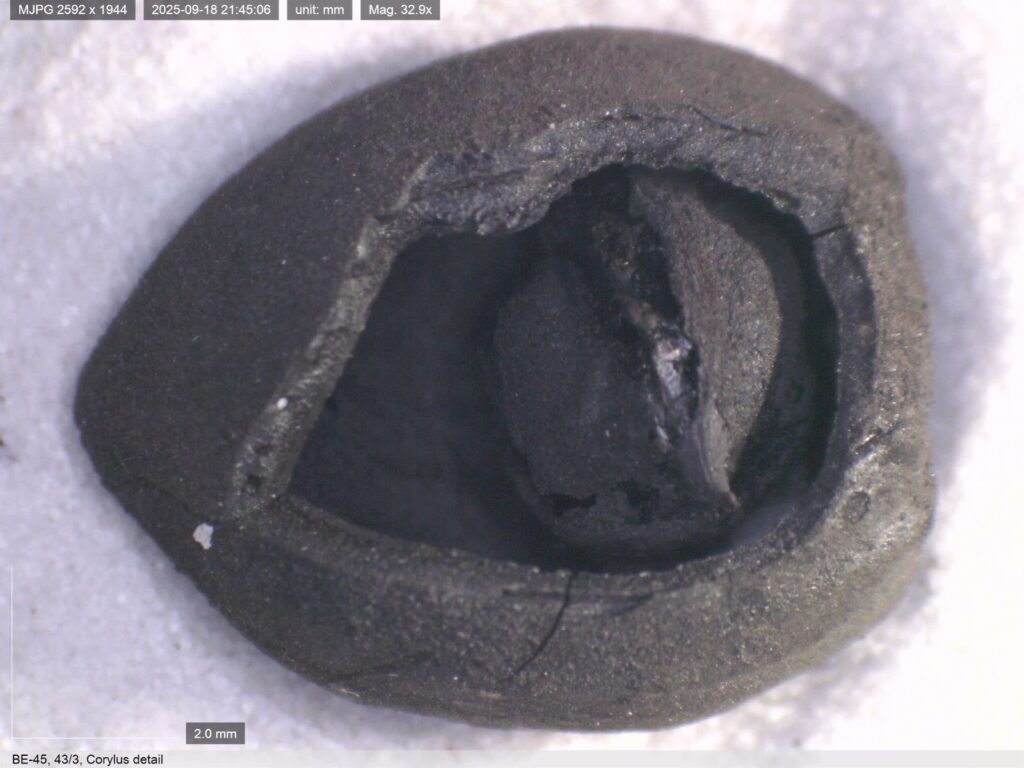
Ancient Bread Traditions Across Anatolia
From grains to loaves, Anatolia’s bread-making heritage stretches back millennia.
At Konya’s Çatalhöyük, archaeologists identified an 8,600-year-old leavened bread — among the earliest known examples worldwide. In Eskişehir’s Küllüoba Höyük, a 5,000-year-old ritual bread made of emmer wheat and lentils was found baked at approximately 140°C, a piece broken off before being burned and buried near a household threshold in a fertility ceremony.
Meanwhile, in Karaman’s Topraktepe (Eirenepolis), patterned barley breads dating to 1,300 years ago illustrate the continuity of Anatolia’s symbolic and daily food culture.
📣 Our WhatsApp channel is now LIVE! Stay up-to-date with the latest news and updates, just click here to follow us on WhatsApp and never miss a thing!!
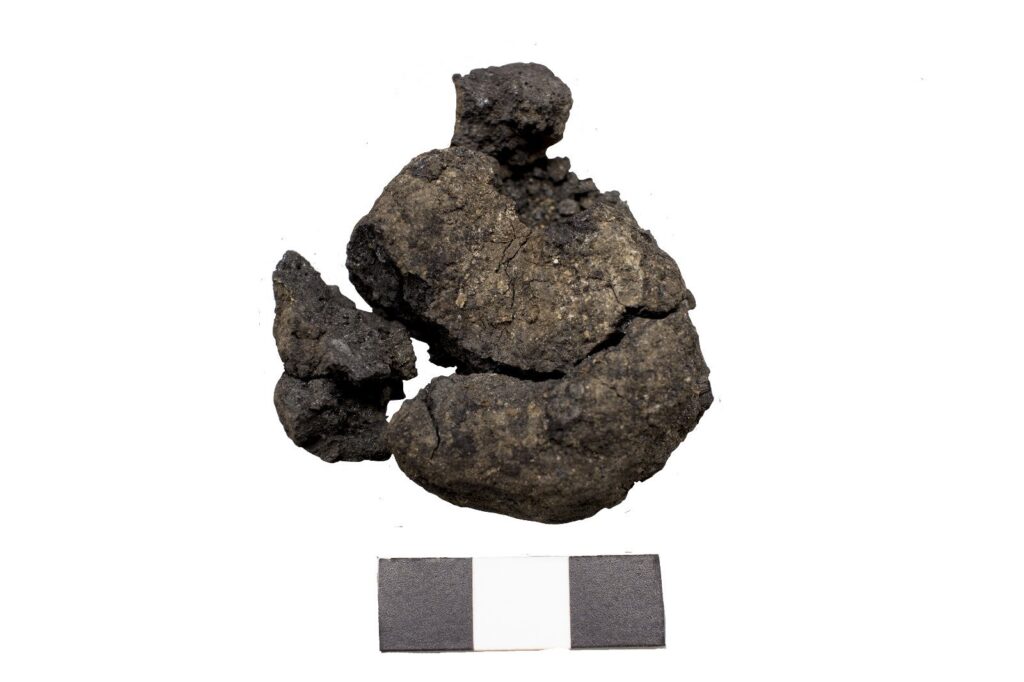
A Deep Continuity in Anatolia’s Table Culture
The Ministry emphasizes that these findings represent not only food remains but also the continuity of belief and social life in Anatolia. Staples such as bread, chickpeas, and hazelnuts reflect a shared human story — linking survival, ritual, and community through millennia.
Thanks to Türkiye’s strong archaeological infrastructure and conservation efforts, these fragile traces of daily life are now preserved for public display, forming a tangible bridge between ancient and modern Anatolia.
Anadolu sofralarının kökenine ışık tutuyoruz.
— Mehmet Nuri Ersoy (@MehmetNuriErsoy) October 8, 2025
Kütahya Tavşanlı Höyük’te 4000 yıllık nohut, Konya Çatalhöyük’te 8600 yıllık, Eskişehir Küllüoba ve Karaman Topraktepe’de binlerce yıllık ekmek kalıntılarını gün yüzüne çıkardık.
Bu buluntular, Anadolu’nun üretim geleneğini, inanç… pic.twitter.com/8uPV3GptZ9
You may also like
- A 1700-year-old statue of Pan unearthed during the excavations at Polyeuktos in İstanbul
- The granary was found in the ancient city of Sebaste, founded by the first Roman emperor Augustus
- Donalar Kale Kapı Rock Tomb or Donalar Rock Tomb
- Theater emerges as works continue in ancient city of Perinthos
- Urartian King Argishti’s bronze shield revealed the name of an unknown country
- The religious center of Lycia, the ancient city of Letoon
- Who were the Luwians?
- A new study brings a fresh perspective on the Anatolian origin of the Indo-European languages
- Perhaps the oldest thermal treatment center in the world, which has been in continuous use for 2000 years -Basilica Therma Roman Bath or King’s Daughter-
- The largest synagogue of the ancient world, located in the ancient city of Sardis, is being restored

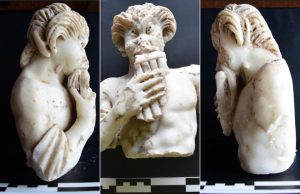
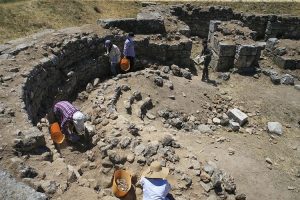
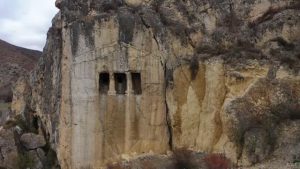
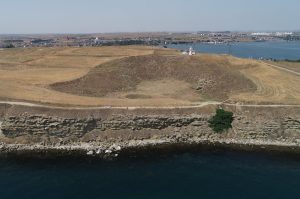
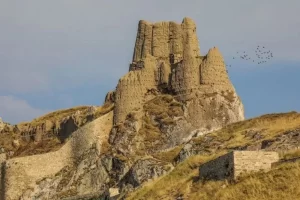
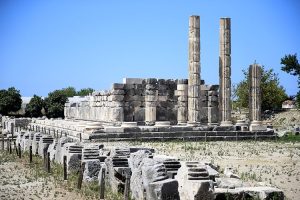


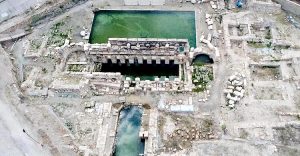
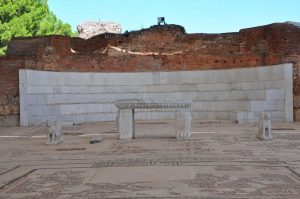
Leave a Reply